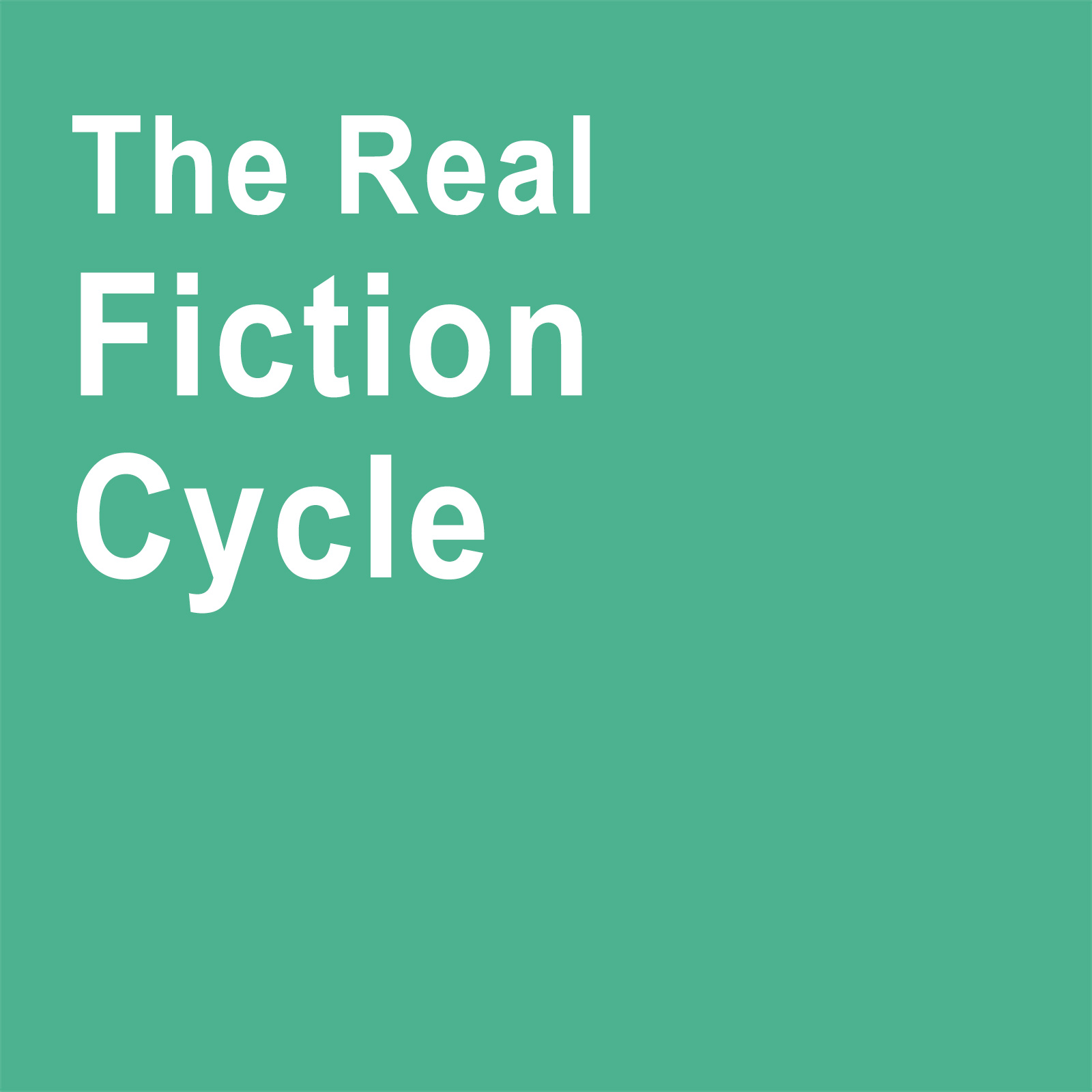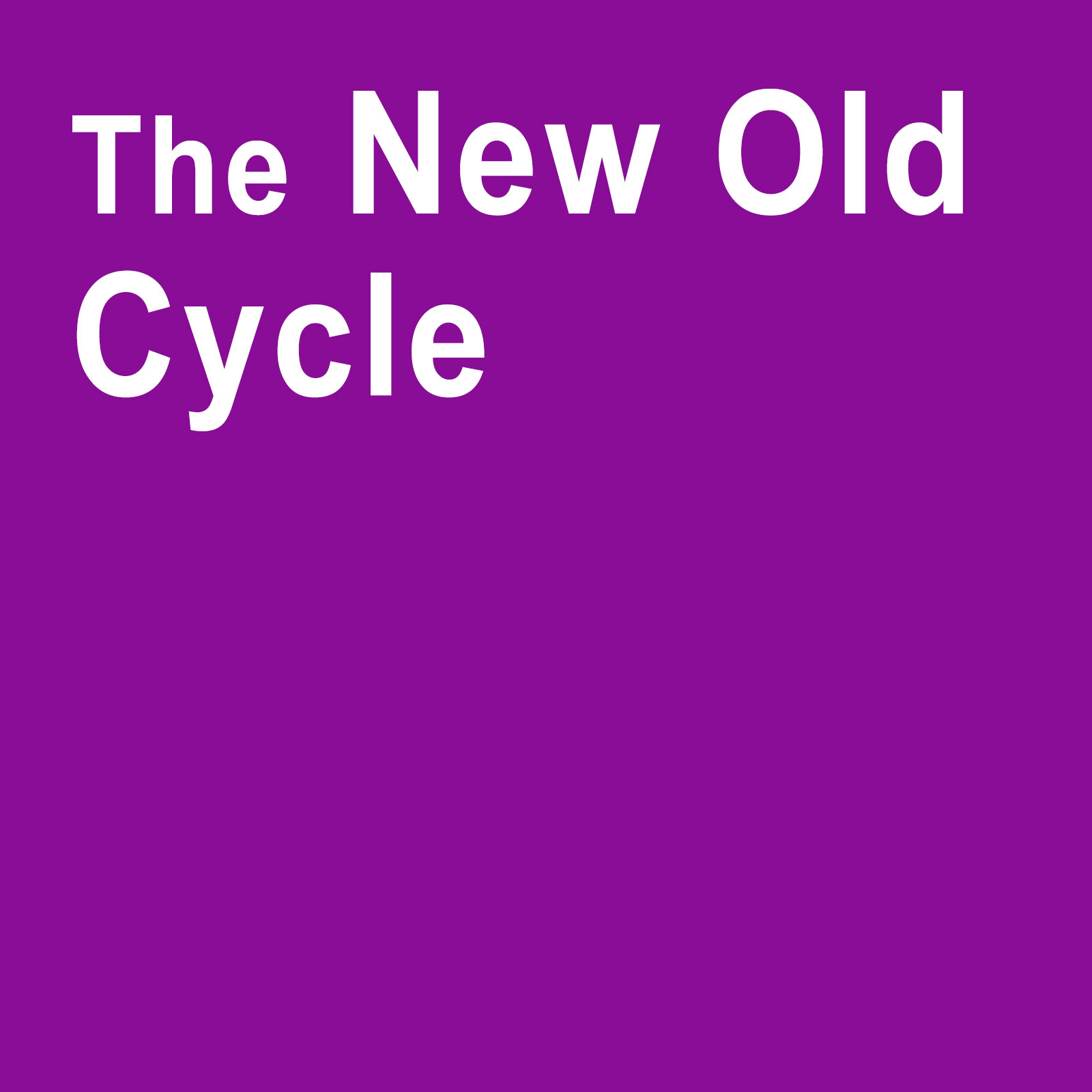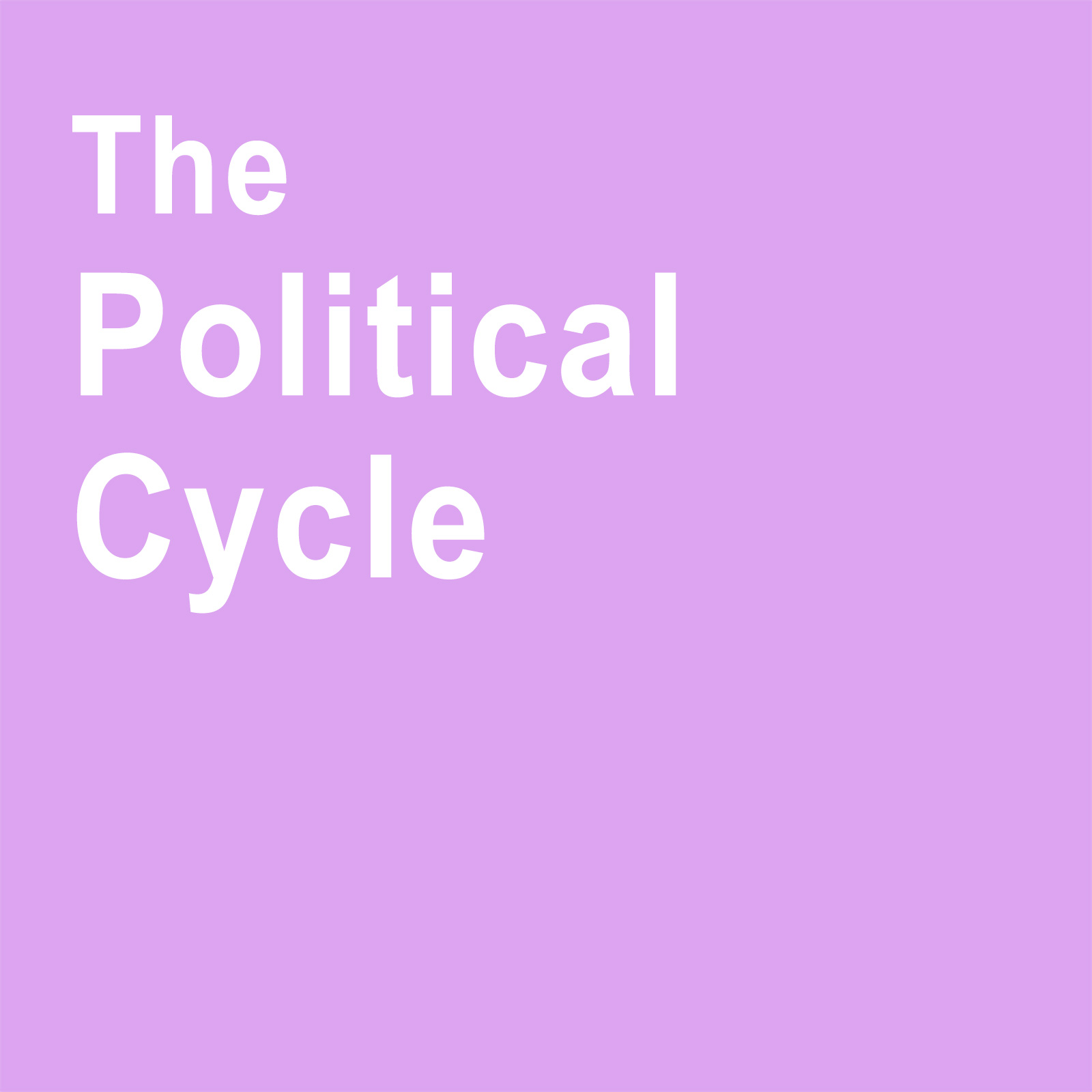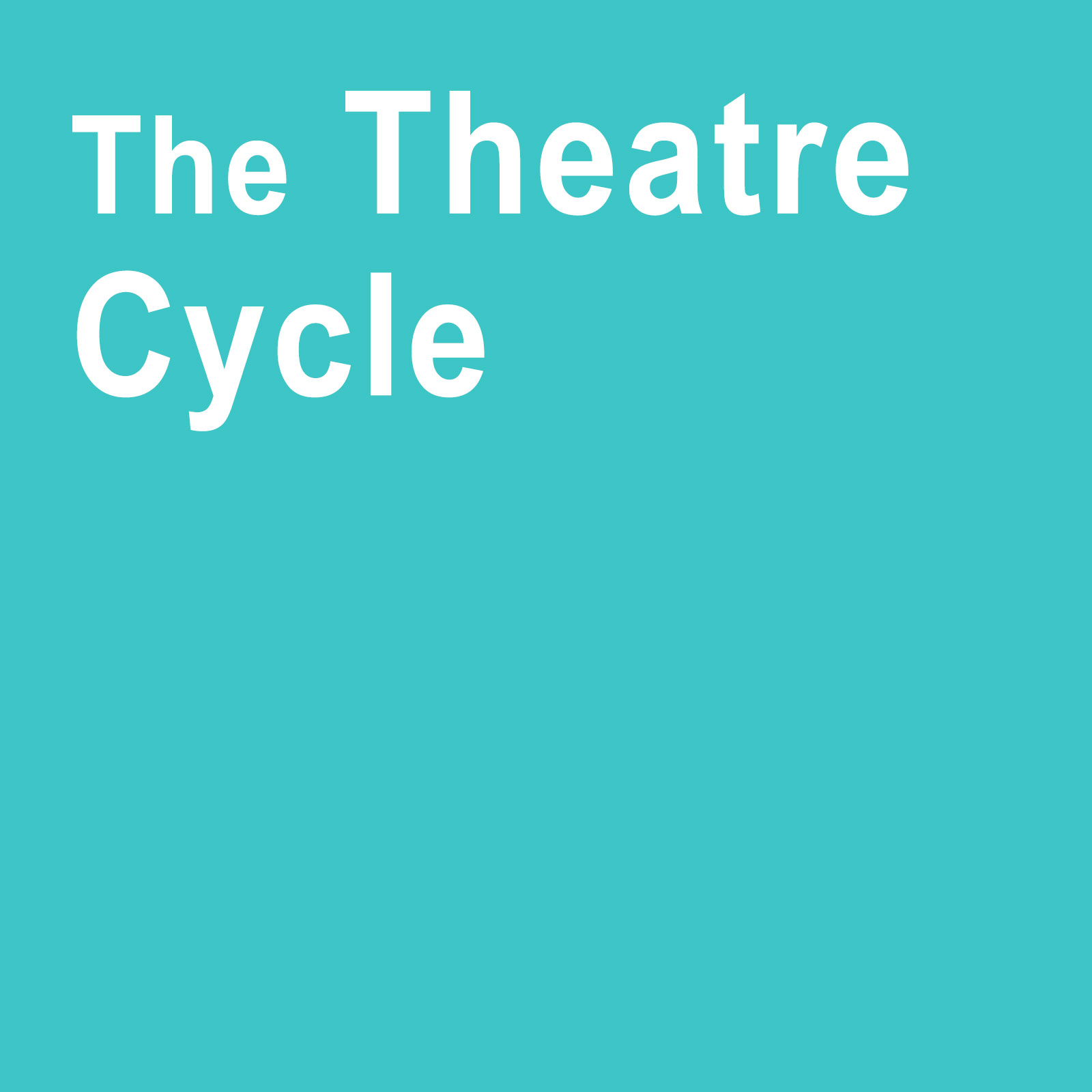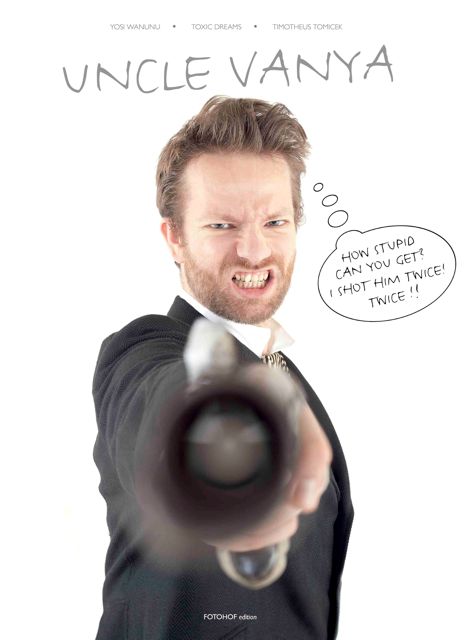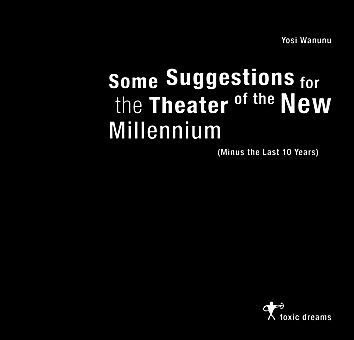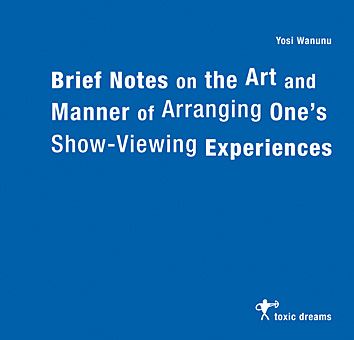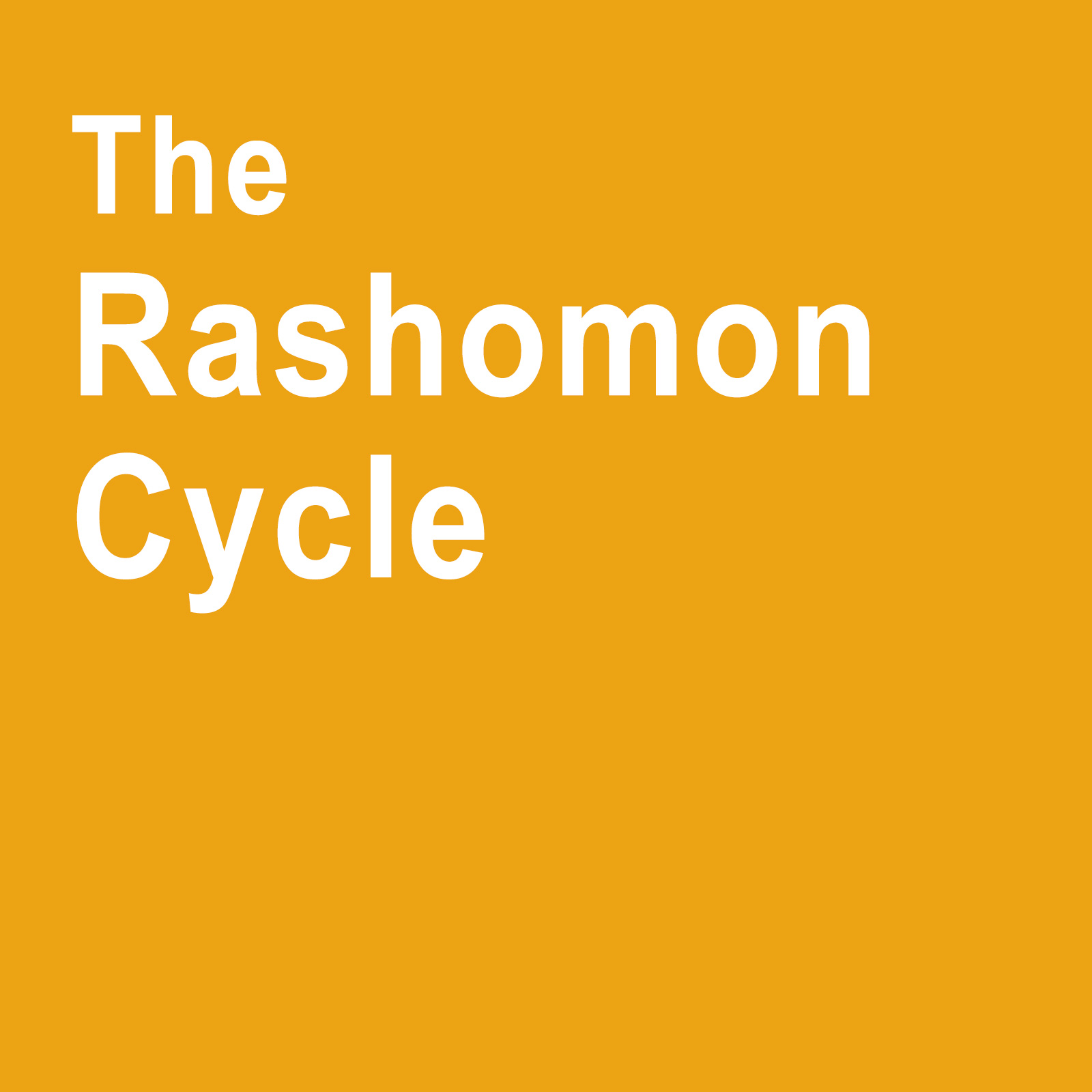
The Rashomon Cycle
“You see these various versions of the story and you are never told which is true and which isn’t true. This leads you to the proper conclusion that it is all true and none of it is true. So, it becomes a poem.” (Robert Altman)
The Rashomon effect, which itself has become a widely recognized English term, refers to significantly different perspectives on and interpretations of the same dramatic event by different eyewitnesses.
The Rashomon effect, a phenomenon studied in the arts and social sciences, occurs when the same event is given contradictory interpretations by different individuals involved. The effect was named after Akira Kurosawa’s 1950 film Rashomon, in which a murder is described in four contradictory ways by four
witnesses. In the film, a samurai is killed under mysterious circumstances. Four people give contradictory reports about the crime. In particular, the samurai’s wife claims that she was sexually abused by a bandit, fainted, and then awoke to find her husband dead; the bandit claims that he seduced the wife and challenged the samurai in a battle to victory or at least to an honorable death; the woodcutter, who may have been an onlooker, claims that he witnessed the rape and murder but was not involved; and the dead samurai’s spirit claims that he committed suicide. The Rashomon effect is not only about constructing different versions of the world based on differences in perspective; it occurs when such differences appear together with the absence of evidence to assess any version of the truth, plus “the social pressure for closure on the question.”
There is however a second way to view the Rashomon effect. It is the naming of an epistemological framework, or ways of thinking, knowing, and remembering, required for understanding complex and ambiguous situations on the small and large scale, in both the routines of everyday life and its extraordinary moments.
Because differences in perspective are ubiquitous, and the Rashomon effect is not, it cannot be these differences alone that establish the Rashomon effect. In contrast, it is the conjunction of these elements, plus their strong interaction, that make up the Rashomon effect. That means the Rashomon effect is a combination of a difference of perspective and equally plausible accounts, with the absence of evidence to elevate one above others, with the inability to disqualify any particular version of the truth, all surrounded by the social pressure for closure on the question.
Take for example the question of how to run the economy of a modern liberal state. Put in the success or failure of several democratic states, add the income inequality, plus the level of personal freedom, etc, present all the different views on this issue and you encounter the more complex version of the Rashomon effect, the one we are interested in this cycle. It is not anymore about: What did you see? But about: How do you see it?
To go back to Kurosawa’s film, what is compelling about the facts in Rashomon? Ask yourself whether this story would have become legendary if the body in the forest had been the bandit’s body. Cinematically this might have been quite effective, but would either of the other two principals, the samurai or his wife, have claimed responsibility for killing him? Would the dead man’s spirit accept responsibility for his death, as the nobleman does speaking through the spirit medium? Socially we know that the judge listens carefully to the testimonies because this nobleman’s body is more important than a bandit’s. Of course, the bandit’s body would have been important to his competitors, his loved ones or relatives (he says he is not married), and more probably to his former victims. But socially, in the twelfth century as in the mid-twentieth century, when Kurosawa made the film, as in today, most bandits commanded more fear the respect. What if the body had been the lady’s body? How compelling would that be?
We raise these hypothetical questions to remind us that the Rashomon effect does not occur just anywhere. It is not simply the absence of facts that brings it into being, nor simply the appearance of different versions of the truth. Moreover, the absence of facts does not itself produce different versions of the truth. The Rashomon effect occurs when interests, culture, and power converge to fix our attention on closure, to propel us to ask for explanations, and to expect to get them, soon. When elements of authority are involved, such as judges representing the state or politicians representing certain political parties, these expectations are more tangible. That is what we mean by compelling. Yet the other ingredients of the effect have to be present, in a strongly interacting relationship.
There was and still is, although in a shaky condition, a consensus that there should be a singular definition of the truth about our reality, even though we might have reasonable disagreements as to what that truth is. However, the Rashomon effect is about the conflicting desires of the human condition; we want a single reality while holding fast to our subjective interpretations.
The Rashomon effect shows up in many intellectual undertakings that deal with contested interpretations of events with disagreements and evidence for them, or with subjectivity/objectivity, memory, and perception. We come to terms with these complex situations through dialogue and negotiation, through communication. It is precisely this dialogue of opposites that we would like to stage in our cycle using the Rashomon effect method of both storytelling and analysis.

